Peking University, Mar. 25, 2014: Yale Environment 360 introduced an ecological pattern designed by PKU Professor Yu Kongjian on its March 19 issue.
The article, titled "Rebuilding the Natural World: A Shift in Ecological Restoration," collected such examples all over the world that "incorporate experiments into landscape restoration projects." Excerpts follow:
The designed experiment idea has begun to turn up in restoration projects around the world, notably in China. The northeastern city of Tianjin, for instance, was struggling in 2003 to deal with a 54-acre former shooting range that had become an illegal dumping ground and was also heavily polluted by urban runoff. It hired Kongjian Yu, founder of the Beijing design firm Turenscape, who had trained at Harvard with Richard T.T. Forman, a leading thinker in urban landscape ecology.
The result, Qiaoyuan Wetland Park, opened in 2008, with none of the great lawns and formal plantings seen in conventional Chinese parks. Instead, Yu’s design features a naturalized landscape of ponds, grasses, and reeds, with walkways and viewing platforms for local residents.
Traditional landscape design in China is "based on art and form," says Yu. "My practice is to find a scientific basis." The park features a terraced system of 21 ponds, designed to filter urban runoff as it moves through the site. Yu calls it "peasant" landscaping, based on traditional rice farms. But the ponds are of different sizes and depths, with the aim of monitoring how each microhabitat affects water quality, PH values, and the character of the evolving plant community.
Ecologists on staff at Turenscape and Yu’s students at Peking University do the monitoring. Among other results, they recently reported that three families of Siberian weasel now call the park home, a remarkable development in a city of 7.5 million people. Yu acknowledges that the experimental results don’t hold much interest for city officials, who have sometimes tried to replace "messy" reeds with playgrounds and formal plantings. But Yu has employed the results from Tianjin to improve his subsequent projects, which also incorporate designed experiments.
The pell mell pace of urban development in China, combined with the often catastrophic environmental after-effects, together create a demand for landscape designs that do more than look pretty, according to Yu. The usual engineering solutions — for instance, "larger pipes, more powerful pumps, or stronger dikes" to handle monsoon flooding — often just aggravate other problems, like the water shortages and falling groundwater levels that now afflict 400 Chinese cities. Yu sees naturalized landscapes as urban "green sponges" to retain and filter water, with designed experiments to show whether or not they deliver the promised services.
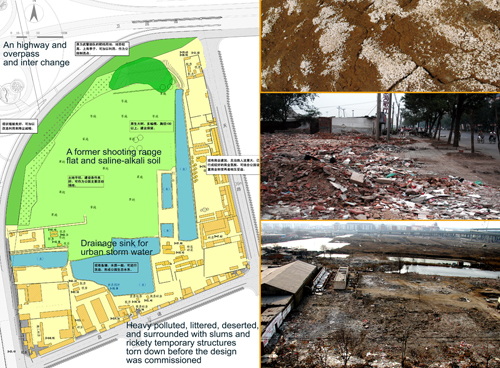
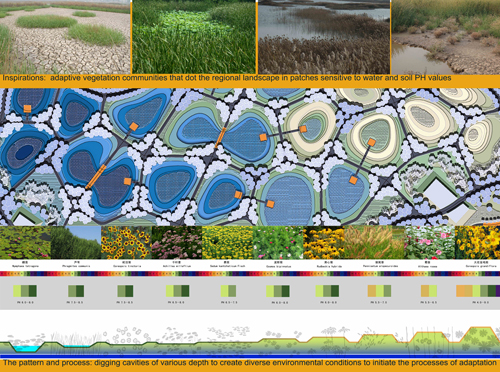
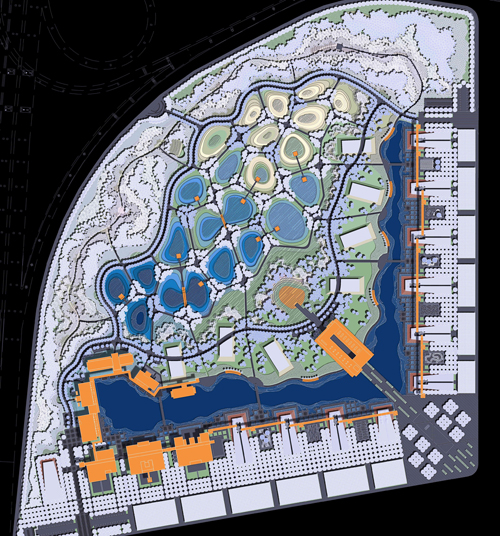
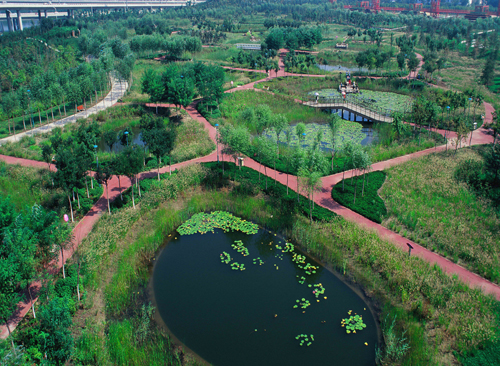
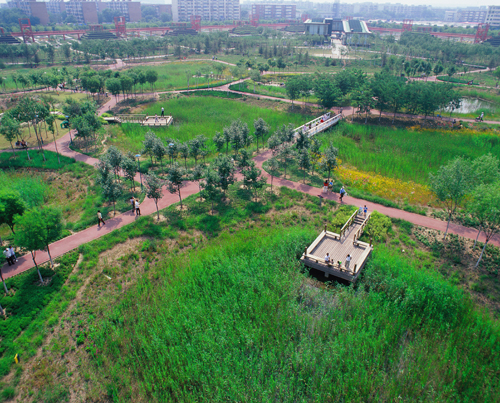

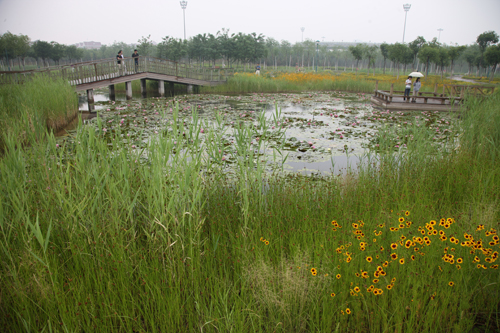
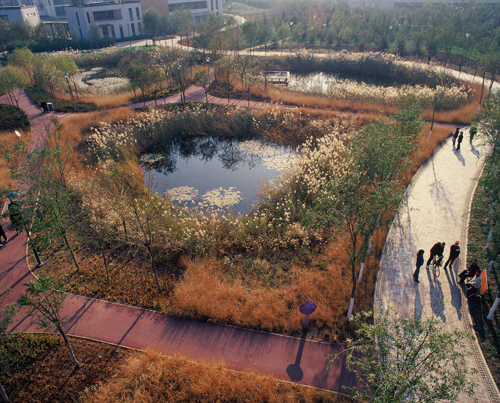
Blueprints and real photos of the park (Turenscape)
Background Info:
Yale Environment 360 is an online magazine offering opinion, analysis, reporting and debate on global environmental issues. It features original articles by scientists, journalists, environmentalists, academics, policy makers, and business people, as well as multimedia content and a daily digest of major environmental news.
The magazine is published by the Yale School of Forestry & Environmental Studies and Yale University.
Reported by: Richard Conniff
Source: Yale Environment 360
Edited by: Arthars